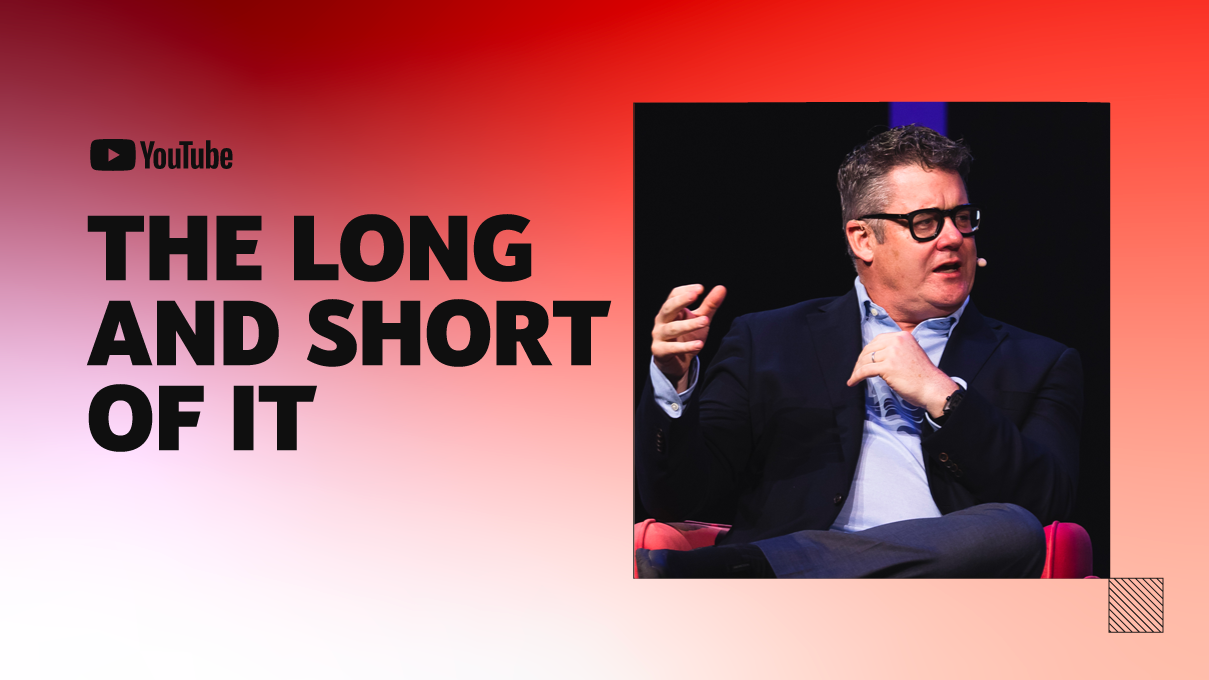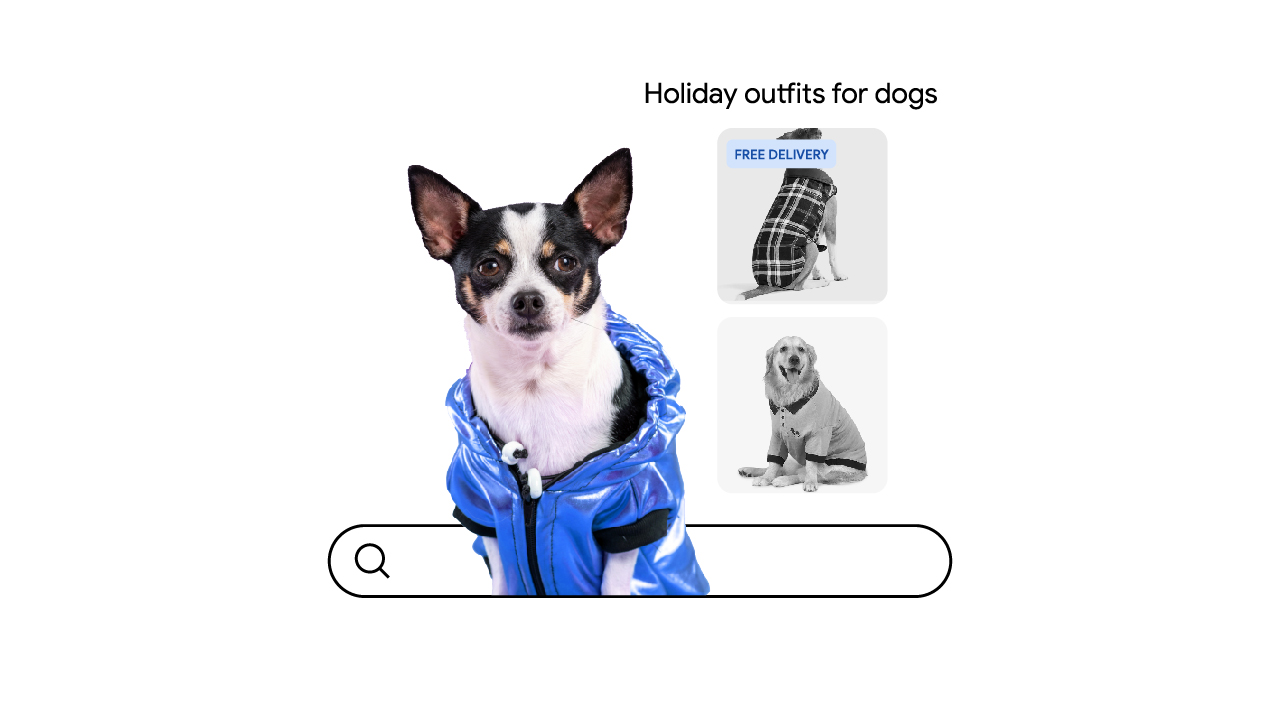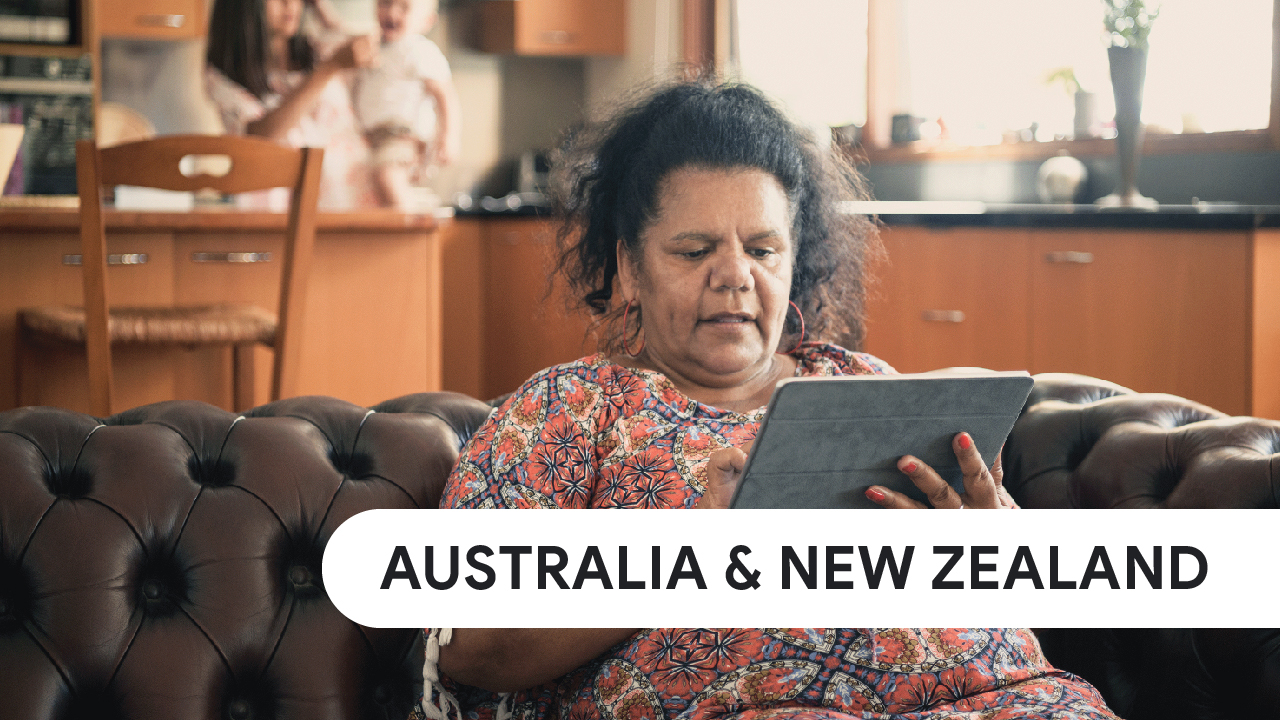In 2018, Boston Consulting Group (BCG) segmented brands in Australia and New Zealand into four levels of digital marketing maturity: nascent, emerging, connected, and multi-moment. Here, Koala’s Head of Performance Media Phil O’Connor details his company’s journey on the path to multi-moment maturity.
Founded by two startup geeks from Byron Bay, Dany Milham and Mitch Taylor, Koala is a direct-to-consumer (D2C) furniture company with a focus on sustainable and ethical business practices. In four years, we’ve grown from selling mattresses out of the back of a van to running an international operation with more than 90 employees in Australia and Japan.
Like most D2C companies, Koala is a digital native. We don’t have any brick-and-mortar retail locations, so our business model is geared toward making the e-commerce experience as frictionless as possible. But that doesn’t mean we haven’t had our fair share of digital growing pains. We’re constantly working to evolve our digital maturity — be it bringing all of our functions in-house as centres of excellence where we can easily collaborate or combining online data to deliver more relevant messaging to consumers.
Bringing everything in-house
When I joined Koala as head of performance media nearly three years ago, my task was to bring everything in-house. To help us with our in-housing strategy, we sought a Google Marketing Platform Partner to facilitate the structure. We selected DQ&A for onboarding, implementation, and training across all programmatic channels and Joystick for dynamic creative and strategy. In-housing and working with Partners was more aligned with Koala’s strategy and growth trajectory at the time, so we slowly began hiring growth marketers, brand managers, front-end developers, and data engineers, among others, to work under one roof. The new direction allowed us to better connect with our customers and have a direct relationship with them, which is crucial for D2C companies like us.
Today, Koala has a full-service, in-house creative team and a studio in the head office where we produce our own video content. We even source our own talent and write our own scripts. This allows our creative team to interface with any team at any time. They can integrate with community managers or employees who are on the ground talking to our customers about their wants and needs. All they have to do is turn around and talk to the person next to them and soon they’re producing something that’s going to satisfy those needs. It’s really valuable.
Running tests to create more engaging, relevant ads
At the same time we began building out our talent roster, we began investing in our data capabilities. When I came on board, the first thing I did was create a solid budget system that stacks every cent we spend on ads against every dollar we make in revenue. We also hired Tom Hunt, our head data guru and the 2019 Koala office table tennis champion, who helped build a tech layer that lives between our main database and all of our ad platforms to assist us in reaching different audience segments across different channels. We use these tools to look at where we’re spending money, and when we see an incremental uplift in revenue, we decide how to allocate our budget moving forward.
To test audiences and optimise bidding on our Google publisher channels, we use Google Marketing Platform. We buy all of our open-web display media through Display & Video 360 and use tag management solutions to granulate our first-party data so we can activate high-value audiences across our campaigns. Floodlight attribution data is used to optimise our bids on Search Ads 360, specifically. We do a lot of matched-market testing, where we use certain regions as “petri dishes” before running a national campaign. We’ll switch off a region that’s similar to our bread-and-butter audiences and test for uplift that way.
Optimising for the future
Today’s consumers are looking increasingly for brands, products, and information that meet deeply personal needs. With that in mind, Koala is in the process of rapidly expanding our product mix. We started with mattresses, but now we sell sofas, bookshelves, bed bases, TV units, linens, and pillows. We plan to sell tables and baby furniture in the near future, so our trajectory is to expand horizontally and move into different markets. But we couldn’t do that without our team of data-driven marketers constantly testing, learning, and optimising our marketing mix.
We’re always thinking about ways we can maintain relevance with consumers while respecting their privacy. We have to ask ourselves: How do we leverage the data that we've got? How do we quote it ethically? Over the course of our digital journey, we’ve learned the importance of optimising creative for not only each audience but also each channel. Audiences have different expectations for content on different channels because their usage behaviour is totally unique on each one. That means the way we tell stories has to change depending on where we tell the story — a critical lesson on our path to multi-moment maturity.







